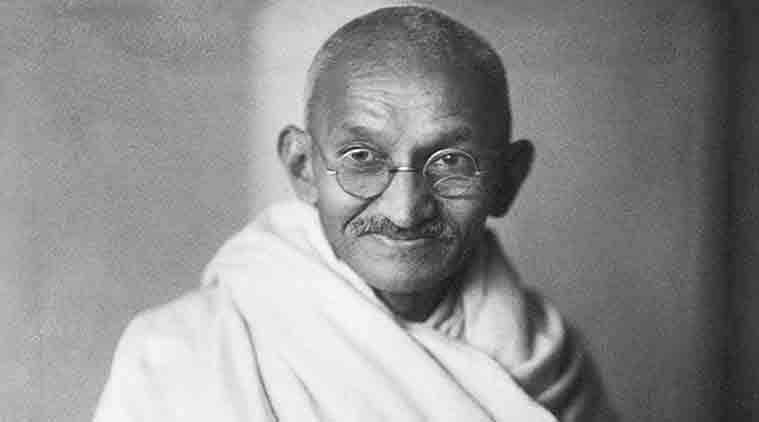In Good Faith: Gandhi and the varna question
It is easy to cherry-pick from his writings to paint him a racist and anti-Dalit. But Gandhi’s views evolved, reflected his ethical project

Gandhi, to this day, remains an enigma. While millions across the world revere him as a saint, there are countless others only too willing to condemn him as a racist and casteist. The truth is that Gandhi was an ordinary mortal, with failings and weaknesses, extraordinary only in his determination to lead and profess an ethical life.
In recent times, there has arisen a tendency among the crypto-bourgeoisie, led by the Booker Prize-winning Arundhathi Roy, to portray the great pacifist-anarchist thinker Gandhi as a racist and a proponent of the varnashrama system. J H Stone’s article, ‘M K Gandhi: Some Experiments With Truth’, which appeared in the Journal of South African Studies in 1990, heralded the crypto bourgeoisie’s desire to present itself on the side of the suffering masses by presenting Gandhi as racist and an anti-Dalit.
To begin with, one must admit that the seeming contradictions in his own writings spanning over 60 years have contributed in no small measure to making Gandhi the mystery that he is. Within his voluminous works, the Gandhi worshipper and the Gandhi baiter will both find enough evidence to cherry-pick a defence for either stand. The problem is that the average reader who neither has the time nor inclination to sift through Gandhi’s sayings in its entirety, begins to believe the half-truths. For instance, the crypto bourgeoisie would refer to Gandhi’s letter of 1908 in South Africa to drive home the point that he was an out-and-out racist. It is true that in the early part of his life in South Africa, Gandhi did display racist tendencies. But what these writers will not disclose is that such sentiments find no echo in any of his writings after 1909. These apparent contradictions were not the product of a confused mind, as some would have us believe. Gandhi’s ideas were constantly evolving. He was only too willing to embrace new ideas and give up old ones when confronted with evidence in support of the former.
More complex, however, is Gandhi’s propagation of the varnashrama system. In his personal life, he never practised varna dharma and his ashrams were totally free of varna dharma. His political utopia, Swaraj, was also devoid of religion and caste. At the same, time he constantly used the expression varnashrama dharma in his writings and took pains to defend it. Nevertheless, the varnashrama dharma he defended was not a hierarchical one as propagated by the Bhagavad Gita or the Manusmriti. Gandhi constructed a non-hierarchical varna system and tried to sell it to the Hindus, albeit unsuccessfully. This non- hierarchical varna system was based on the principle “Let us not want to be what everyone else cannot be”, which he had adopted from the Bhagavad Gita. According to him, this principle was the epitome of Anashakti yoga. He believed that one should not aspire for a profession but do what one was ordained to do according to a tradition into which one was born.
These seeming contradictions between what he practised and what he purportedly preached make it difficult to defend Gandhi from the onslaughts of the crypto bourgeoisie. Why did Gandhi say what he did, when he did not practice it within his own ashram?
Gandhi believed in using the vocabulary of his lineage to make himself intelligible to the masses. He rejected the vocabulary of the European Enlightenment as being alien to the people. There was also another reason why he chose his parental Vaishnava vocabulary to deal with the varnashrama system. He was extremely conscious of the ills that plagued the Hindu vocabulary and according to him, only an internal reformation could remove these ills. In a letter to his missionary friend C F Andrews, he had argued that Vaishnava vocabulary was saturated with violence/adharma and his mission was to take away that venom. So, while it was easy for him to establish that untouchability had no “scriptural” sanction, with the Gita and other “scriptures” seemingly supporting varnashrama, Gandhi’s task in this regard was more onerous.






































No hay comentarios:
Publicar un comentario